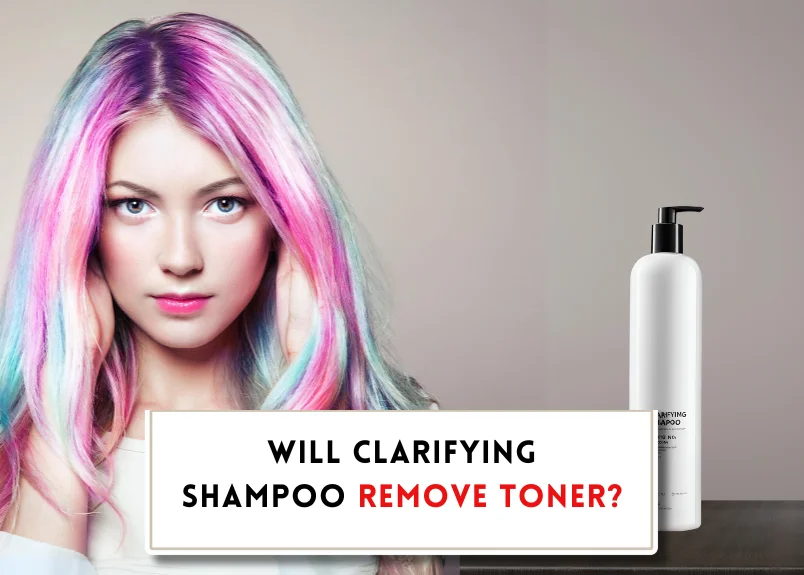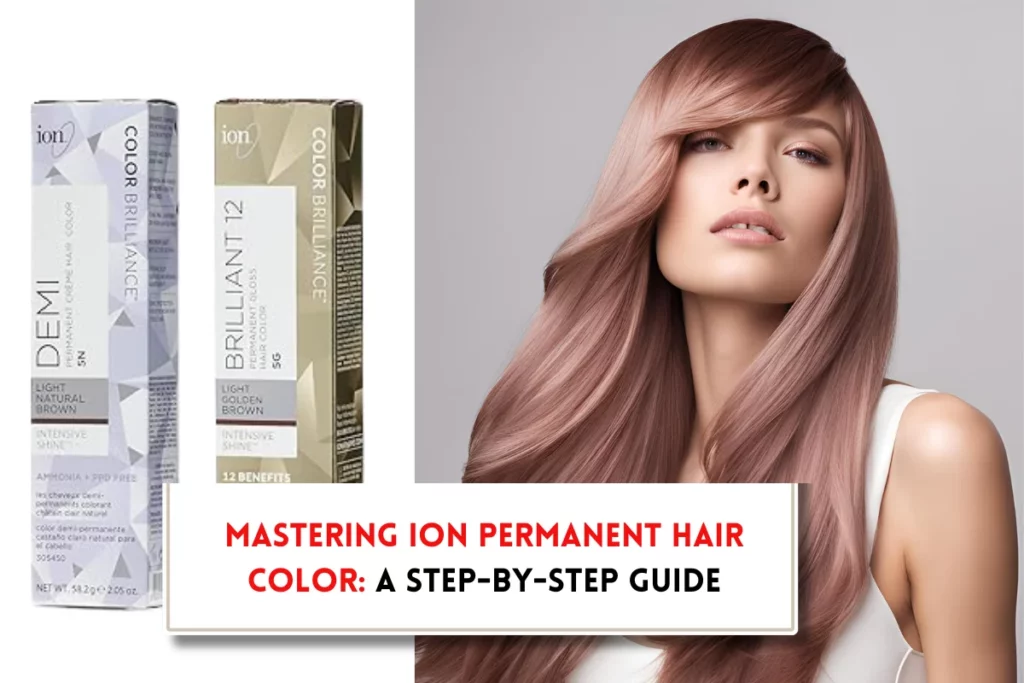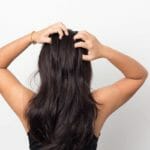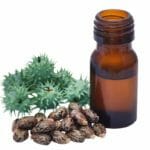How to brush hair without brush?: 4 DIY methods
At BeautyCaters, our expert team independently curates every recommended product. Purchases through our links may earn us a commission. Explore our transparent selection process.
O that wrestle to free hair entangled in the brush! It’s so painful and tiring. Are there ways to get rid of them? Yup!
What if I tell you there’s a way to tame your mane without a traditional hairbrush? In this blog post, I will make you explore some cool effective techniques of how to brush hair without brush. From finger combing to silk scarves, we’ll explore the best alternatives for every hair type. Get ready to revolutionize your hair care routine!”

What factors influence hair management?
Before exploring alternative brushing methods, it’s essential to understand the factors that influence hair management. Hair type, lifestyle, and specific situations impact how you care for your tresses and find the most suitable methods for managing your hair without a traditional brush.
- Hair type: Hair type significantly impacts how you brush and style your hair. For example, thicker, curlier hair require a more hands-on approach, while straight, fine hair may have different needs. Recognizing your hair type is crucial for selecting the most effective methods for managing your locks without a brush.
- Hair texture: Knowing your hair texture is fundamental to effective hair care. Whether your hair is straight, wavy, curly, or coily, each texture has unique needs and responds differently to various grooming techniques. Identification of your hair type help you tailor your hair care routine to suit your specific needs and achieve healthier, more manageable hair.
- Situations where a brush isn’t practical: There are instances when using a traditional hairbrush might be impractical or inconvenient. Traveling without your brush or needing to quickly tidy up your hair while outdoors are examples. In such situations, having alternative brushing methods can be a lifesaver, allowing you to maintain your hair’s appearance without relying on a brush.
How to brush your hair without a brush?
One of the most important parts of my haircare routine is daily brushing. Not only does it keep my strands smooth and tangle-free, but it also helps distribute natural oils from my scalp to the ends of my hair, keeping it healthy and lustrous.
Use your fingers as a comb
When I don’t have a brush on hand, I rely on using my fingers as a makeshift comb. Divide hair into small sections and gently run your fingers through each section, from roots to the tips. Use both hands to work through tough spots. This helps to detangle any knots and leaves my hair looking smooth and polished.
This approach allows you to feel the texture of your hair and gently separate any knots or tangles without pulling or breaking strands and is helpful in applying hair products as well, ensuring even distribution while keeping your hair smooth.
Detangle with hair oil
One of the most effective ways to comb or detangle your hair with ease is by incorporation of natural oils into your hair care routine.I’ve found that coconut oil or olive oil can work wonders when it comes to smoothing out knots. These oils lubricate the hair and reduce friction, making it easier to comb through knots and tangles.
Simply apply a small amount to your fingertips and work it through your hair, focusing on any tangled areas.
Use a fork or comb
When you find yourself without a brush, combs and forks serve as effective alternatives. These tools help you manage your hair with ease, especially when dealing with wet hair, which is more prone to tangling. They are particularly useful for different hair types and textures, allowing you to customize your approach to detangling and styling.
This approach is not only practical but also cost-effective and efficient, making it a great option for anyone in a pinch. This method also reduces the risk of breakage and damage, helping to keep your hair healthy and strong.
The wide-tooth comb is excellent for detangling wet hair without causing breakage, while a fine-tooth comb works well for creating sleek styles or parting your hair. Other items, like a clean toothbrush for smoothing flyaways or even a soft cloth for frictionless brushing, can also be useful.
Adorne protective hairstyles

Beside the basics of brushing, let’s move on to some advanced techniques and considerations. Adorne protective styles into your hair care routine to reduce tangles. Styles such as braids, twists, and buns can help keep your hair organized and free of knots, especially overnight. By securing your hair in a protective style, you can minimize the risk of tangles and breakage.
Also Read: 6 steps of using round brush to curl hair
What are the effective techniques to detangle and comb hair?
If you want to detangle your hair without a brush, using the right techniques can make all the difference.
Start from the tips
Start from the tips and work your way up towards the roots. This strategy allows you to slowly dissolve knots without causing unnecessary strain on your hair. Hold a section of hair with one hand and gently pull apart any tangles with your fingers. Always be cautious of tight knots; use a little conditioner or oil for added lubrication, which makes the process smoother.
Section your hair
Even the simplest act of sectioning your hair can greatly enhance your detangling process. Divide your hair into manageable sections. Start with one section and secure the others with hair ties or clips. Focus on one area at a time to reduce the chance of tangles slipping through the cracks.
This focused approach ensures that you give adequate attention to each part while minimizing stress on your hair and help maintain the integrity of your strands, leaving you with shinier, healthier hair.
Handle tangles gentle
Patience is key when removing those stubborn knots. Eidentify the areas with knots and take your time to work through them. Pull gently at the ends of tangled strands to loosen knots without causing damage. Use your fingers to tease apart small sections of hair, working through the tangles bit by bit.
If you encounter a particularly stubborn knot, consider applying a bit of conditioner or a leave-in product to provide extra slip, which will help the strands glide past each other more easily.
How can I keep my hair healthy and strong?
Not only is it important to brush your hair with care, but maintaining its overall health is imperative. Here are some tips to enhance your hair’s vitality:
- Drink plenty of water to stay hydrated.
- Incorporate a balanced diet rich in vitamins and minerals.
- Limit heat styling to prevent damage.
- Use a silk pillowcase to reduce friction while sleeping.
- Schedule regular trims to keep ends healthy.
- Moisturize and condition with natural oils or leave-in conditioners.
- Make protective hairstyles like buns, braids, or twists to minimize hair exposure to elements and help reduce breakage.
- When opting for protective hairstyles, ensure they are not too tight to avoid tension on your scalp.
Perceiving good hair health involves consistent care and attention to your hair care routine.
How often should I detangle my hair to prevent breakage and tangles?
If you’re dealing with tangles regularly, it’s important to detangle your hair every day. Daily detangling helps prevent knots from forming and reduces breakage.

Final Word: How to brush hair without brush?
So, there you have it! A variety of effective ways to brush your hair without a traditional brush. Experiment with these methods to find the ones that best suit your hair type and lifestyle. Remember, the key to healthy hair is gentle care. By avoiding excessive brushing and using the right techniques, you not only minimize breakage, but add to the promotion of hair growth, and achieve a healthier, more vibrant mane.
Happy styling!










